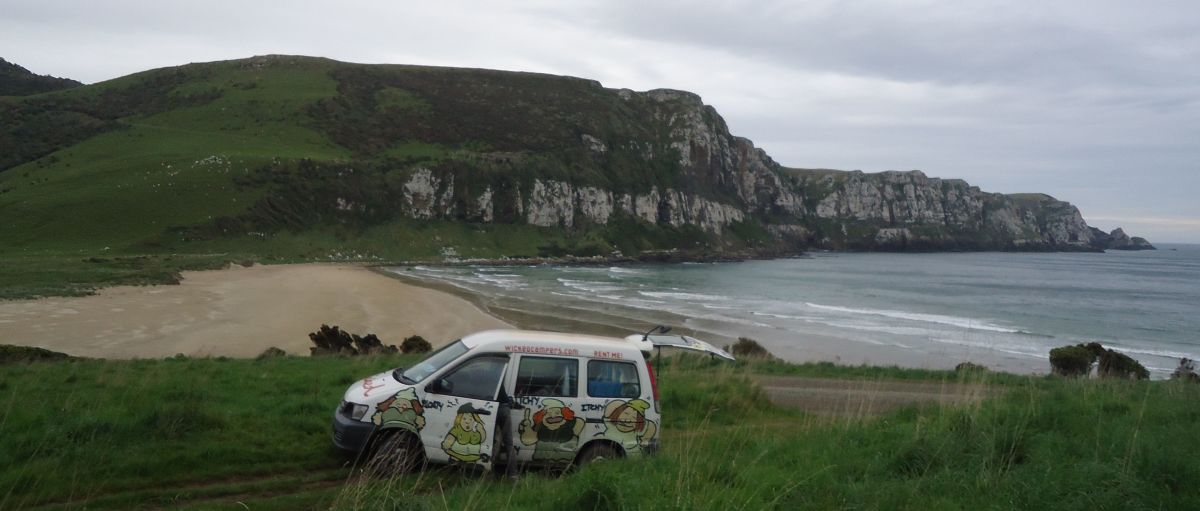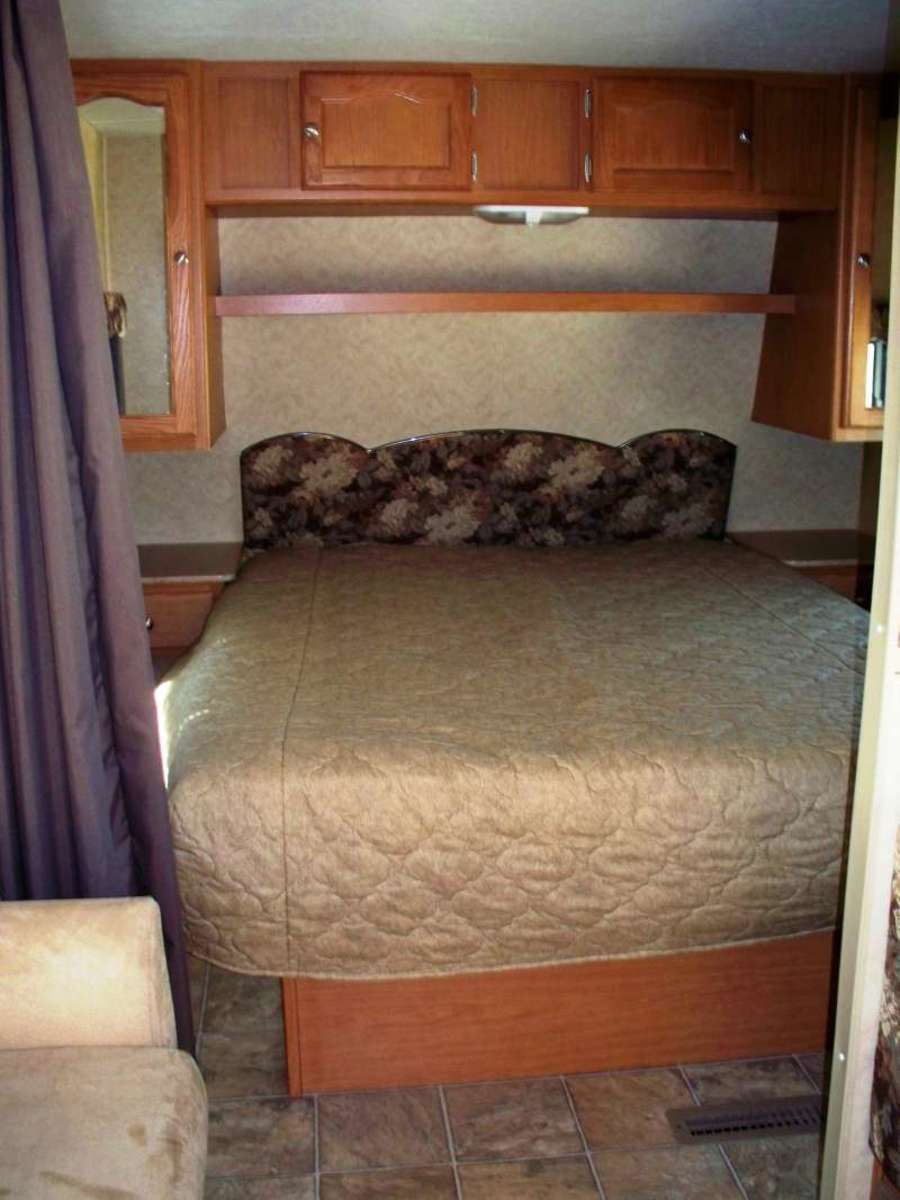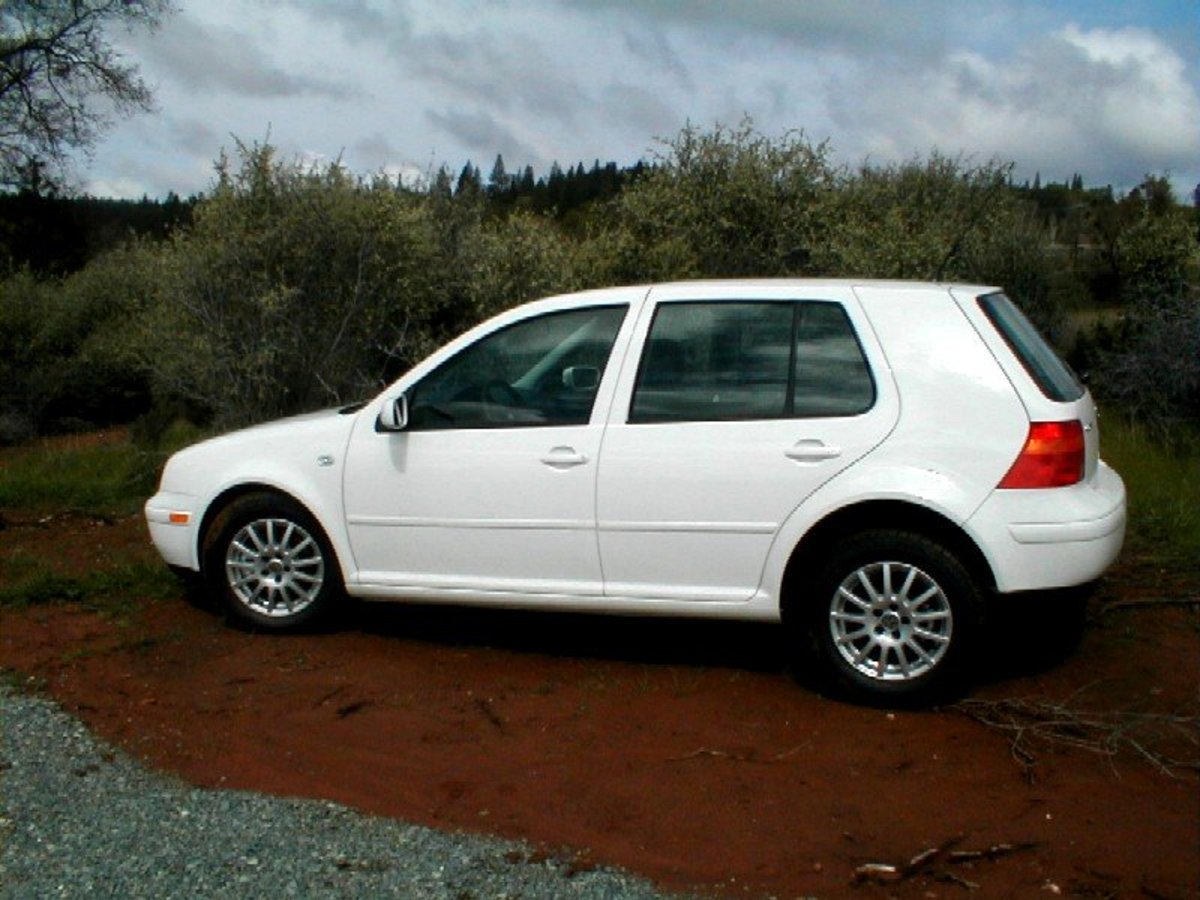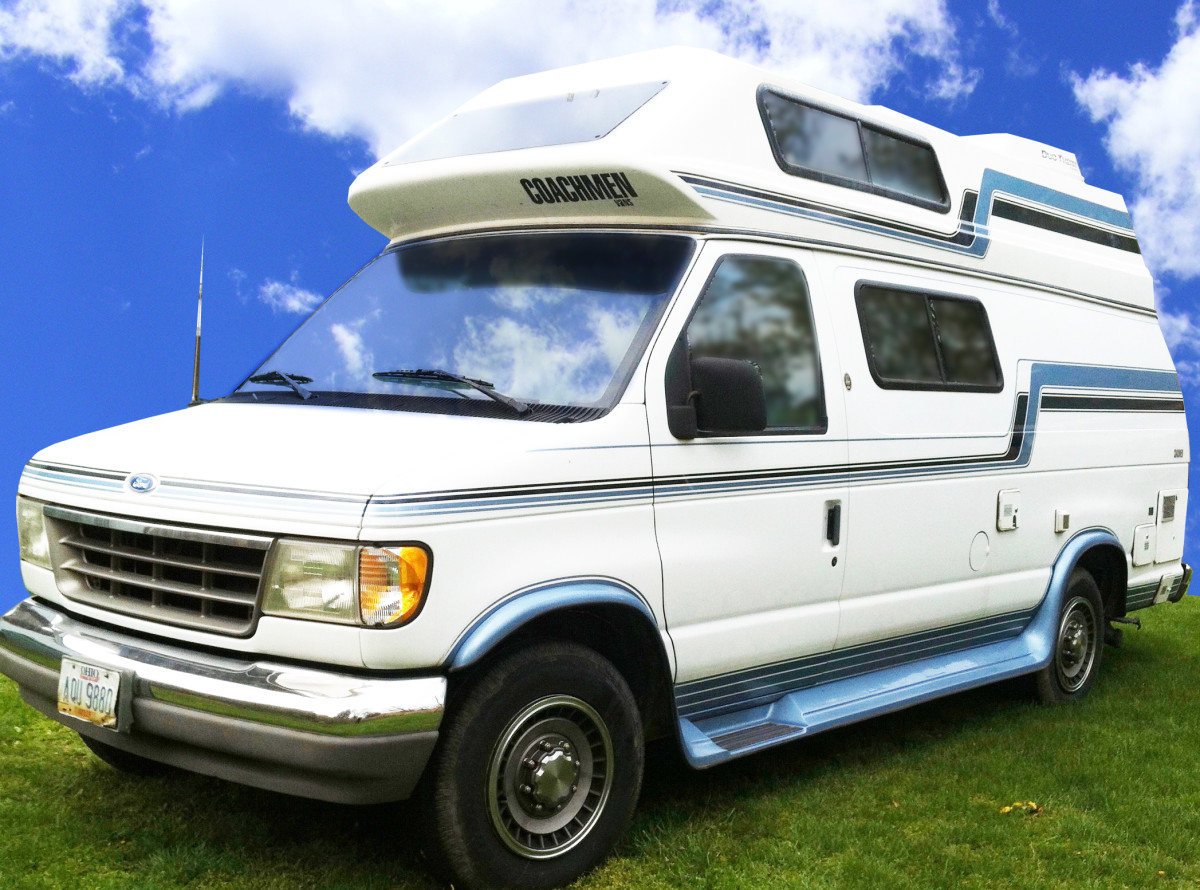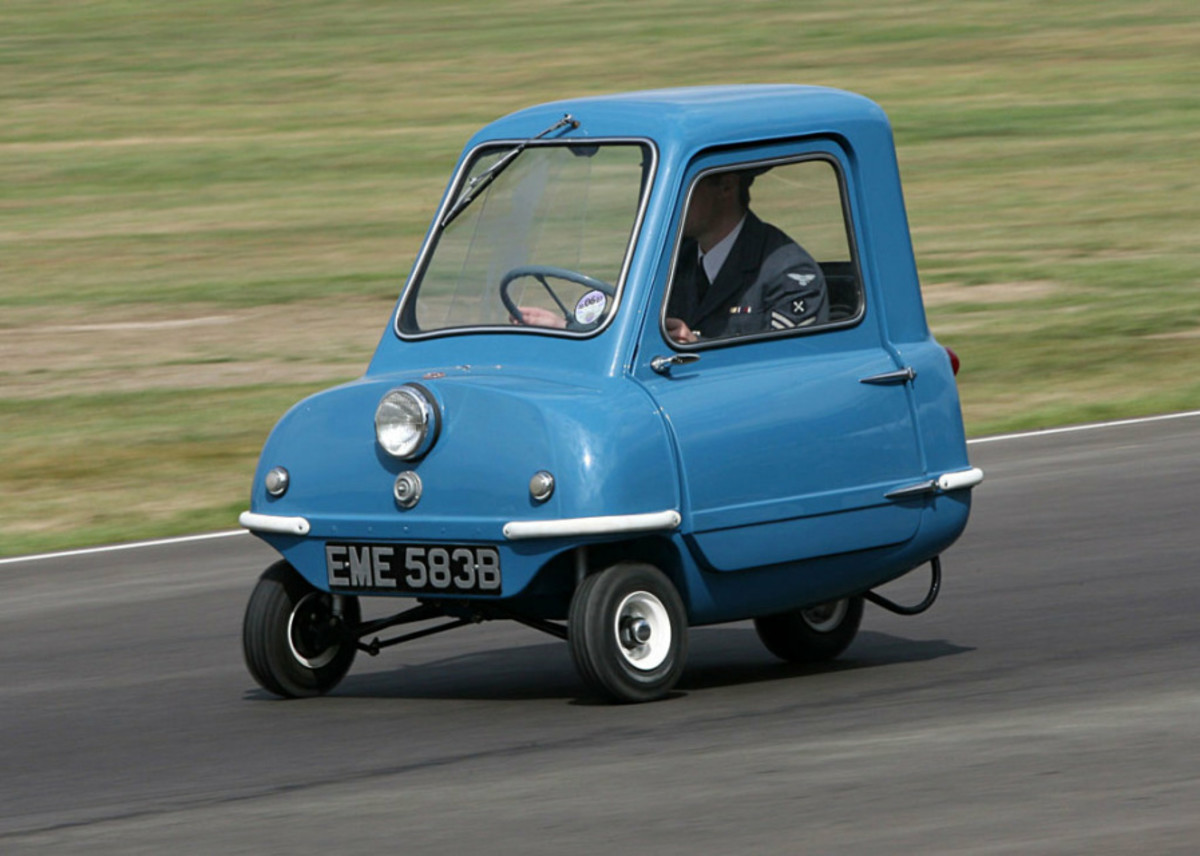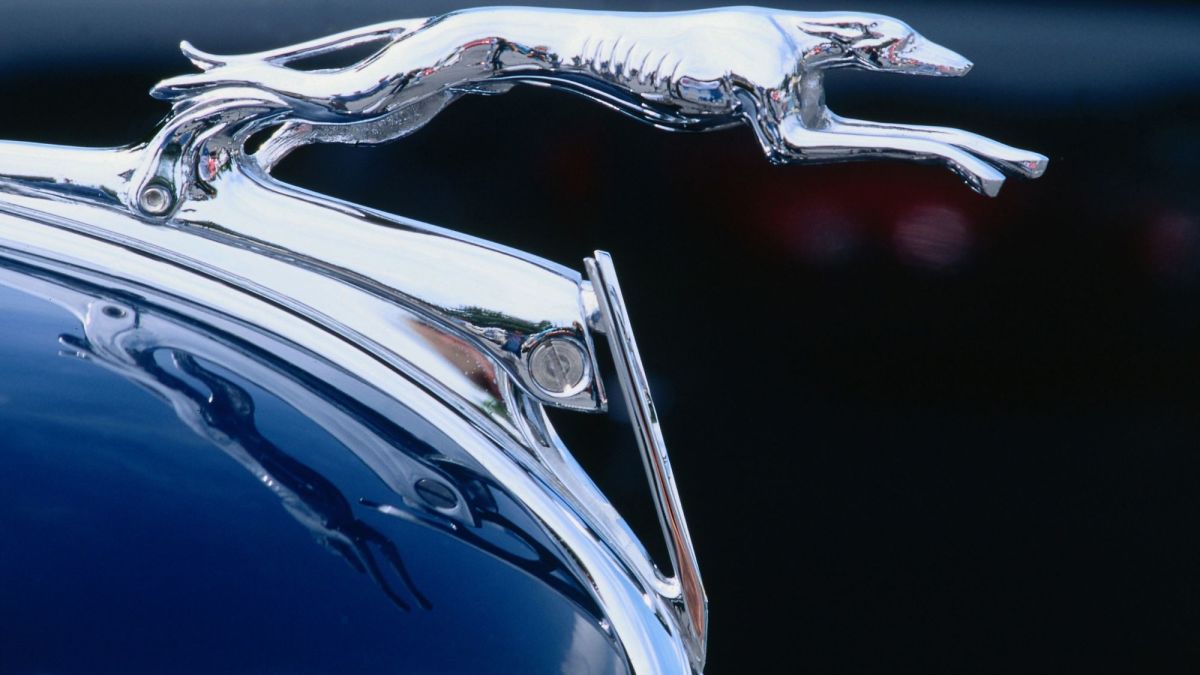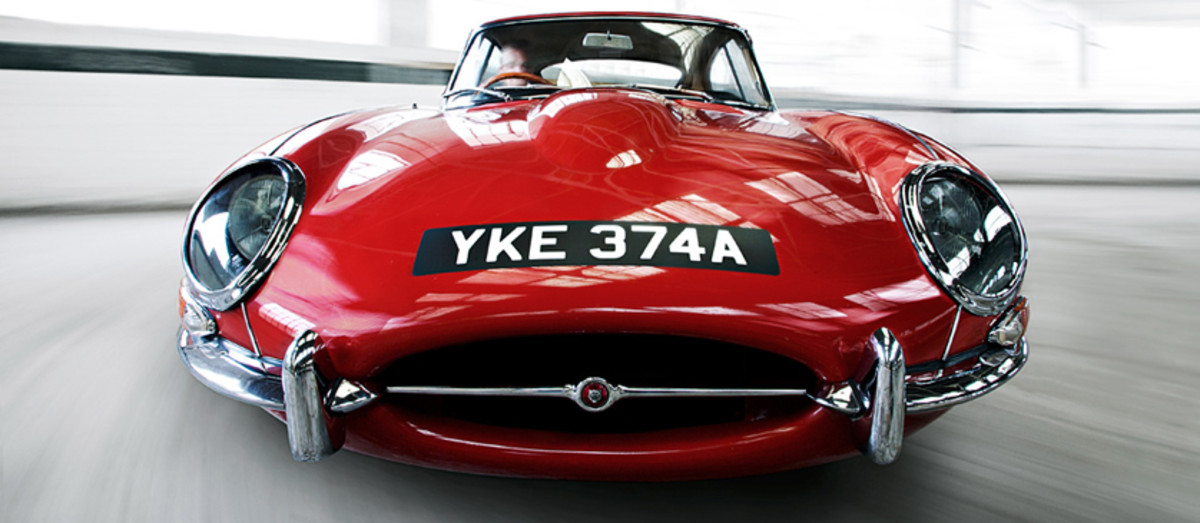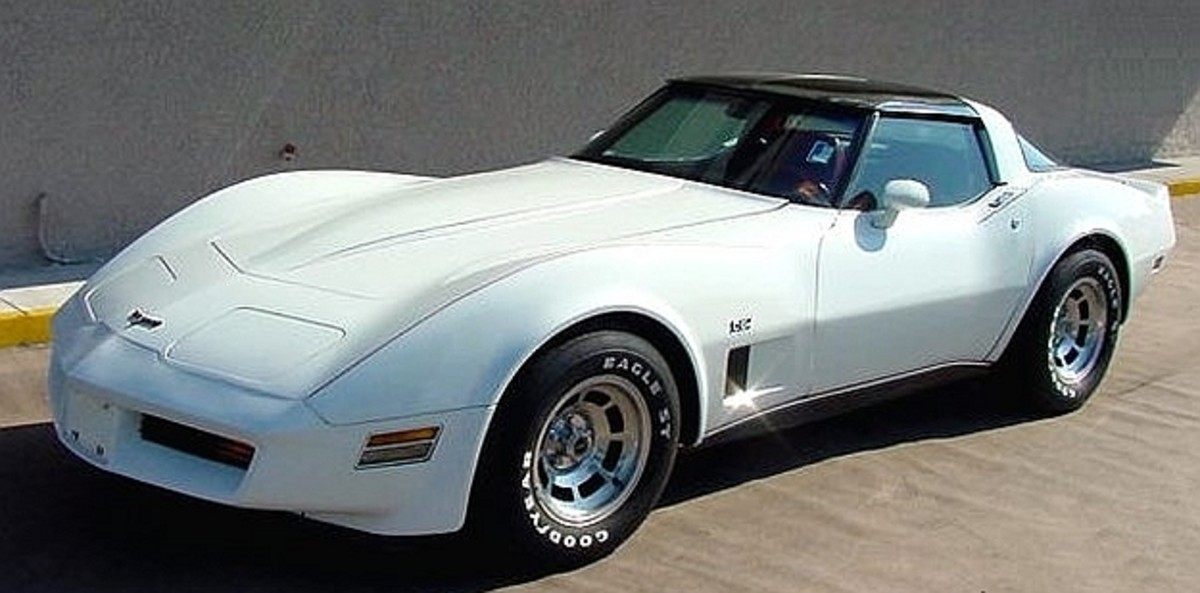VW Camper Vans - The Iconic Recreational Vehicle Tour Bus
A Loaf of Bread on Wheels
The Volkswagen Camper vans, are the iconic recreational vehicle, tour bus and symbol of the 1960s but why is this loaf of bread on wheels so dear to many peoples hearts.
At the end of the war Volkswagen decided they needed a vehicle to transport their workers around the massive plant in Wolfsburg. Dutch car designer Ben Pon was given the task of coming up with a transporter for the plant. He hit on the idea of utilising many of the existing systems available to keep development and manufacturing costs down and by 1949 they had the basis of the first T2 van.
Built on the chassis of the military's Kubblewagon and using the Beetle's engine, gearbox lights and steering they soon had the van in production. With further modifications and the adding of a panelled rear behind the cab the traditional VW Splitty; as it became affectionately known because of its split windscreen, was born.
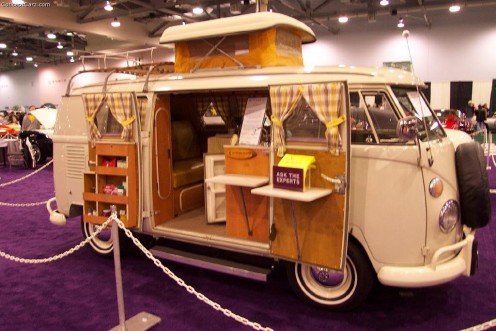
The Camper Van Arrives
The Splits were in production from November 1949 up until mid 1967 and this versitile workhorse of post war Europe took on many guises. In its initial form of a cab and flat bed rear was popular with builders and used as a pick up vehicle. With the addition of the panelled sides it was rapidly taken up as a delivery van transporting everything from beer and vegetables to clothes and furniture. Even the authorities made use of its versitility and you can still find Fire Engines, Ambulances, School buses and Military transporters in existence.
The real change came in 1951 when coachbuilders Westfalia converted their first van into a camper. Introducing folding rear seats, storage lockers, a stove, water tank and sink were added and it gave you the perfect home from home. By 1962 they were adding a fiber glass pop up roof to give more head room and later 12 volt batteries to run all those accessories.
Volkswagen themselves never produced a true camper, although there are a whole series of variations based around the number of companies that converted them into camper vans. Although Westfalia was the first, they were soon joined by Devon, Dormobile, Canterbury and Danbury. Each having their own individual roofing style, cupboard configurations and trimmings.
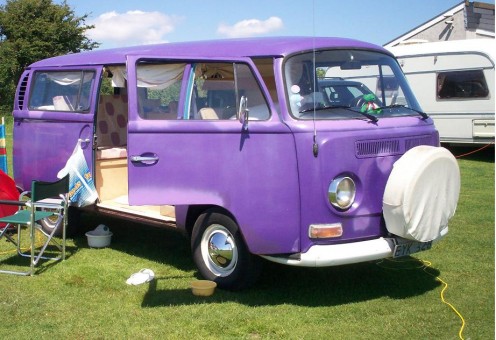
Bay Front
After eighteen years in production it was decided to give the Transporter a new look and home. Manufacture was moved to Hanover and the curvy Bay Front was developed, entering production in 1967. At first the Bay Camper vans still used many of the elements of the Splits, wrap around bumper, same lighting rigs but gradually these were up graded and developed. The bumpers were given a more functional shape and the indicator lights were made square and raised in line with the windscreen. By the time manufacture ended in 1979 Volkswagen had built over four million of these recreational vehicles, they had sporned an icon that still endures today and is just as popular amongst today's counter culture and surf dudes as it was 40 years ago.
T3 and into the Future
By 1979 a whole new, modern shape had evolved with the T3 (known as the T25 in Britian and Ireland) This was a more angular, hard, cold look, very reminiscant of most car design of the time. It eincorporated more of the latest automotive features of the era but lost a lot of the design elements that made the VW Campers a classic. Home grown German T3 production finished in 1992, while under licence in South Africa they were still produced up until 2002.
It is rumoured that along the lines of the remodelled Mini Cooper, Beetle and Fiat 500 there are plans to reintroduce a retro T2 Camper with the usual home comforts as well as games consoles and internet access. A home from home for the 21st century.
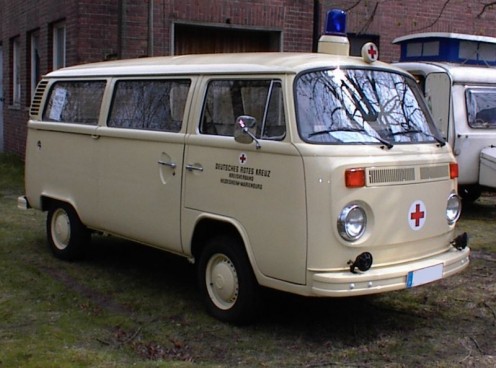
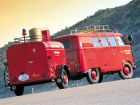
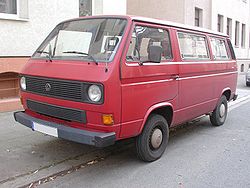
Camper Vans on Film
The VW Camper has always been a popular image to use in films and many have made their appearance as 60's and 70's period background props. Every now and again the Car is the star as in the 2006 hit Little Miss Sunshine.
It has also been seen in Back to the Future, in an imporbably car chase between a terrorist loaded camper van and a Delorian sports car. In the famous chase scenes in the Steve McQueen classic "Bullitt" you see one involved. Obviously Herbie wouldn't be the same without one and the recent Brit Horror film, Lesbian Vampire Killers has an old Splitty ferry the poor unfortunates to their doom. Even in animation artists can't avoid using a camper now and again. Pixars "Cars" features a Type 2 camper called Fillmore, while they are always showing up in episodes of "The Simpsons" and "Futurama".
Even the famous own the occasional camper, Chef Jamie Oliver, Comedians Johnathan Ross and Vic Reeves, Actors Ewen McGregor, Martin Clunes and Jerry Sienfeld are all rumoured to have one.
How better to get away from it all than to jump into your camper and take off.
Other Hubs in this Series
History of Famous Car Logos
Meanings behind Famous Car Manufacurers Names

